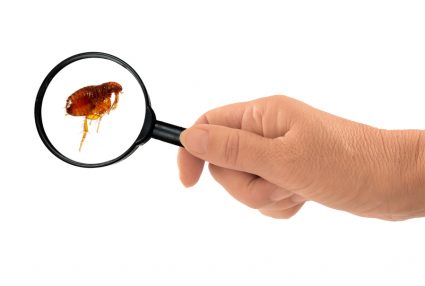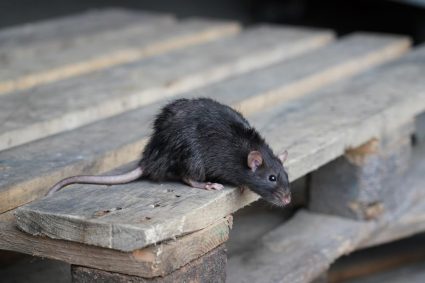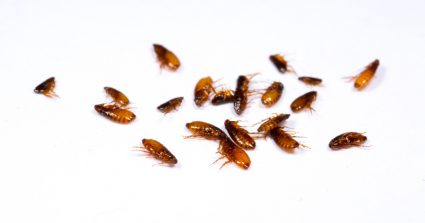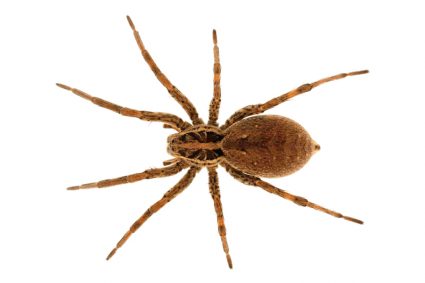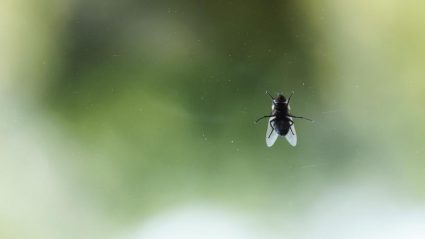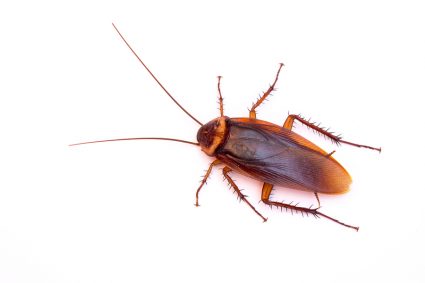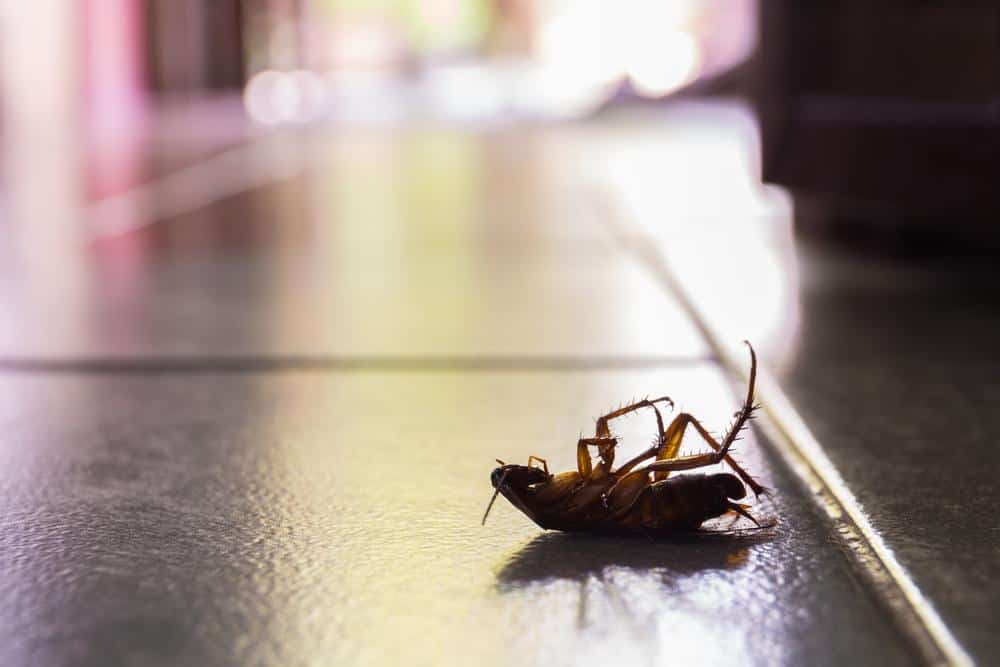
Cockroaches, those pesky, persistent, and often reviled insects, are known for their tenacity and adaptability. They are omnivores and can consume almost anything they come across. But what exactly do roaches live off of? In this comprehensive guide, we delve into the dietary habits of these hardy pests, shedding light on what attracts them, how they find food, and how their diet impacts their lifespan and reproduction.
Cockroaches are omnivorous and can live off of a wide variety of food sources, including starches, sweets, greasy foods, meats, decaying matter, and even unconventional items like cardboard, book bindings, wallpaper glue, and other cockroaches. They are incredibly resilient and can survive up to a month without food, but require water at least once a week.
What Do Roaches Eat?
Roaches are not picky eaters. They particularly favor starches, sweets, greasy foods, and meats. However, they can and will consume almost anything derived from plants and animals. Some of the common food sources for cockroaches include:
- Starches
- Sweets
- Greasy foods
- Meats
- Decaying matter
- Cardboard boxes
- Book bindings
- Wallpaper glue
- Stamps
- Leather
- Feces
- Fingernails
- Hair
- Toothpaste
- Soap
- Their own cast-off skins
- Other cockroaches
How Long Can Roaches Survive Without Food?
Cockroaches are incredibly resilient and can survive for up to a month without food. Still, they can only last about a week without water. This ability to survive without food for so long is due to their cold-blooded nature, allowing them to take on the temperature of their surroundings and endure harsh environments.
What Attracts Roaches to Food?
Roaches are primarily attracted to food through their sense of smell. They are particularly drawn to strong and distinct odors, especially those of starch, sugar, grease, meat, and cheese. In addition to food, cockroaches are attracted to water and shelter, often found in kitchens, restaurants, and other areas where food and water are readily available.
The Impact of Diet on Roaches’ Lifespan and Reproduction
The diet of roaches plays a crucial role in their lifespan and reproduction. Different diets affect their development, fertility, and overall biology. Protein and carbohydrate intake can impact sperm number and fertility in male cockroaches. In female cockroaches, protein and carbohydrate intake can affect clutch size and gestation time.
Unconventional Food Sources
Roaches are also known to consume unconventional food sources, including cardboard boxes, book bindings, wallpaper glue, and even other cockroaches. They can also feed on organic materials like paper, glue, and hair. In addition to these, cockroaches have been reported to consume clothes, dead skin flakes, and any decaying matter.
Can Roaches Survive on Water Alone?
While roaches can survive for a relatively long time without food, they can only survive for about a week without water. Many species of roaches prefer to live near a water source, but they cannot survive in water for extended periods. If fully submerged, they can hold their breath for up to 40 minutes.
In conclusion, cockroaches are opportunistic eaters and are capable of surviving on a wide range of food sources. They are incredibly resilient and can adapt to their environment and find nutrients from various sources to survive. Understanding their dietary habits and preferences can be instrumental in managing and preventing roach infestations.
Frequently Asked Questions
What are some ways to prevent roaches from infesting my home?
There are several steps you can take to prevent a roach infestation. These include keeping your home clean, especially the kitchen and bathroom; sealing any cracks or holes in your walls, doors, or windows; regularly taking out the trash; and storing food in airtight containers. You can also use roach baits and traps or hire a professional pest control service.
Are there any natural predators of roaches?
Yes, roaches have several natural predators. These include amphibians like frogs and toads, reptiles such as lizards and geckos, birds, and certain types of insects and arachnids like spiders and centipedes.
Are all roaches pests?
No, not all roaches are pests. Of the approximately 4,500 species of cockroaches in the world, only about 30 are considered pests by humans. The rest typically live in a variety of natural environments, including forests, grasslands, and caves.
Do roaches carry diseases?
Yes, roaches can carry and spread a number of diseases. They can contaminate food and surfaces with bacteria that can cause food poisoning, diarrhea, and other illnesses. In addition, their droppings, skin sheddings, and saliva can trigger allergies and asthma in some people.
Can roaches fly?
Some species of roaches can fly. However, most of these species are not strong fliers and prefer to run if they can. Some species, such as the American cockroach, use their wings to glide from high places to lower ones.

